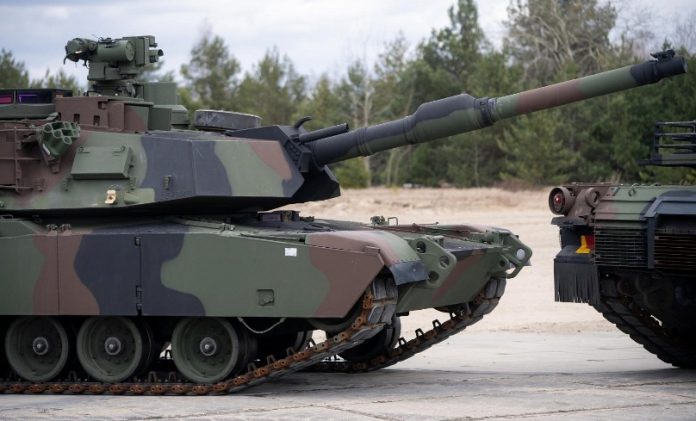Poland is building one of the West’s most powerful armies, about to field more battle tanks than Italy, Germany, Britain and France combined, The Washington Post reports.
This news raises questions: in a country with a sharply declining population, who will operate the state-of-the-art weaponry that Warsaw has ordered or provide the tens of thousands of troops needed for the planned doubling of the armed forces? How will Poland’s leaders – and, to varying degrees, other European countries – deal with the inevitable economic and political consequences of a military buildup in the face of US distraction?
Warsaw should be commended for its strategic sanity. Defence was one of the few major policy areas that was not the subject of debate in last month’s bitterly contested Polish elections. Wojciech Szacki, a political analyst in Warsaw, noted:
“There will be no revolution in terms of military spending.”
At the same time, Poland is a member of the North Atlantic Treaty Organisation and is subject to the commitment of the US and 29 other Western allies to defend it in the event of an attack. More than 10,000 US troops are stationed in Poland, and 80 per cent of the military equipment sent to Ukraine passes through Polish transit points.
So what is the reason for its concern? There is a simple explanation: Donald Trump.
As the New York Times reported, Trump repeatedly told White House aides in 2018 that he wanted to pull the US out of NATO, which would leave the bloc leaderless. A top European diplomat told The Washington Post:
“It would be extremely stressful if America pivoted away from Europe, and that’s the worry with Trump. Every foreign ministry is thinking about this.”
Poland was spending about 2% of annual economic output on defence until Trump threatened to pull the United States out of NATO. This figure is set to double next year, and it appears that Warsaw will increase military spending even further, especially if the war in Ukraine continues, The Washington Post reports.
Poland is approaching a rare, Israeli level of defence spending (about 4.5% of GDP). Almost no NATO country, including the United States, spends that much on defence as a percentage of gross domestic product.
Poland is spending huge amounts of money to buy air defence systems, artillery, fighter jets, missile launchers, helicopters, and tanks – this is due to the tense geopolitical situation due to the war in Ukraine. However, Warsaw’s military build-up is also insurance against Trump’s return to the White House and the possibility that he will send NATO to the bottom. Such a prospect is causing alarm throughout Europe.
Last week, German Chancellor Olaf Scholz committed himself to a long-term military expansion that will cost tens of billions of dollars annually through the 2030s. But Berlin’s economy is in recession, its budget is constrained by a constitutional debt limit, and its shrinking army is struggling to replenish its ranks with recruits. What social programmes will Germany cut to afford the new armed forces?
President Emmanuel Macron has earmarked some $450bn to increase spending by a third by the end of the decade, the largest increase in French military spending in half a century. His parallel efforts to get Europe to take charge of its security by improving military and industrial coordination – and relying less on Washington’s weapons and leadership – stem from a clear assessment: the United States, distracted by China and contemplating Trump’s return, is an unpredictable ally. But Macron’s concept of European “strategic autonomy” has yet to show significant results, according to The Washington Post.
Then there is Britain, whose army, which has been shrinking for decades, has been assessed by a top US general as “barely at level two.” British officials have backed that assessment – they say ammunition stocks will run out in a few days of war – but the military is not high on Prime Minister Rishi Sunak’s list of priorities this year.
Strong economies and healthy demographics have a direct impact on the continued build-up of defence capabilities in Europe. Both are currently looking anaemic. Birth rates are low across the continent – Poland’s population is projected to shrink by a tenth by 2050 – and Europe’s post-pandemic economic recovery is lagging behind the US.
Europe’s ability to respond will determine the West’s new security posture as much or more than anything designed by Washington. This challenge is brewing now.
